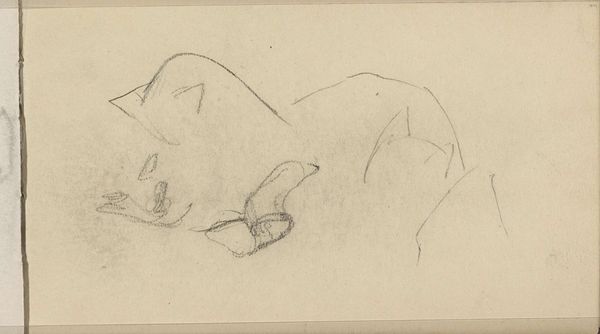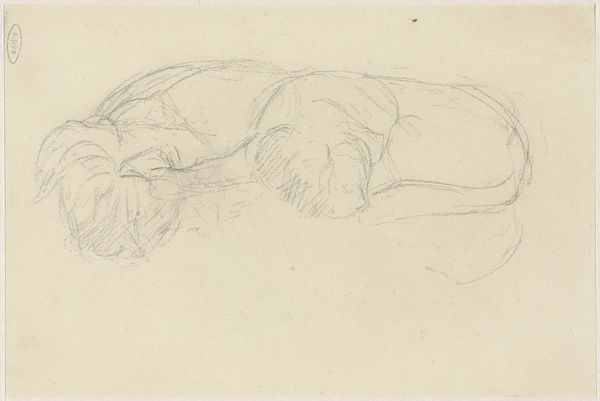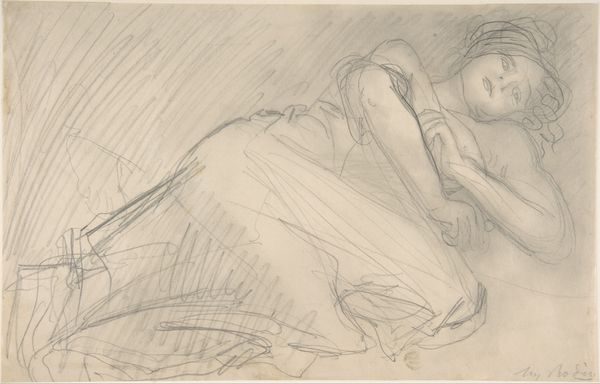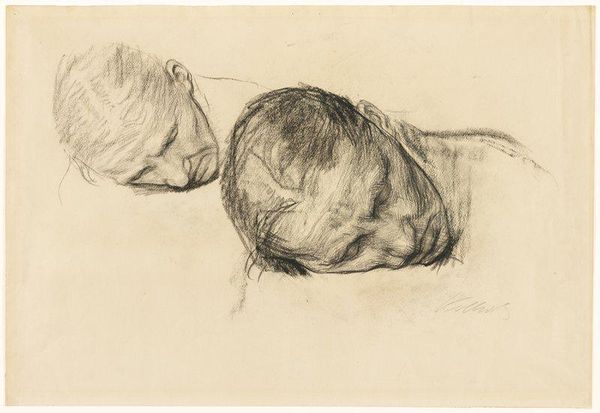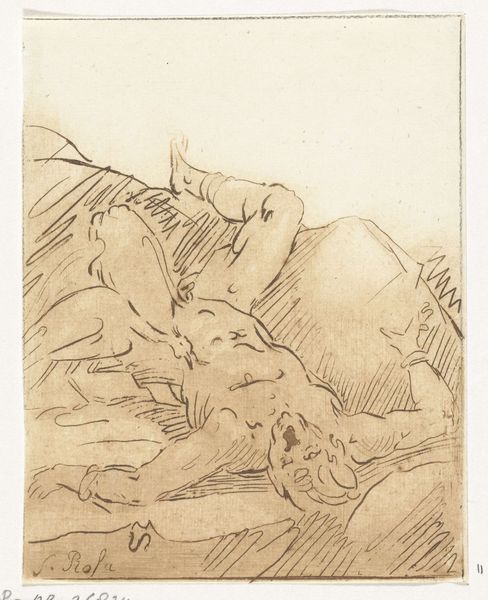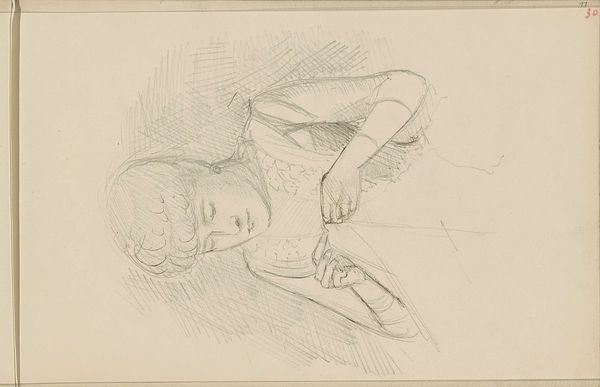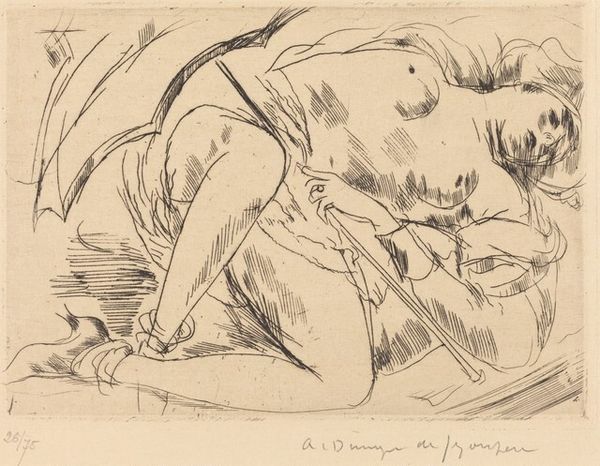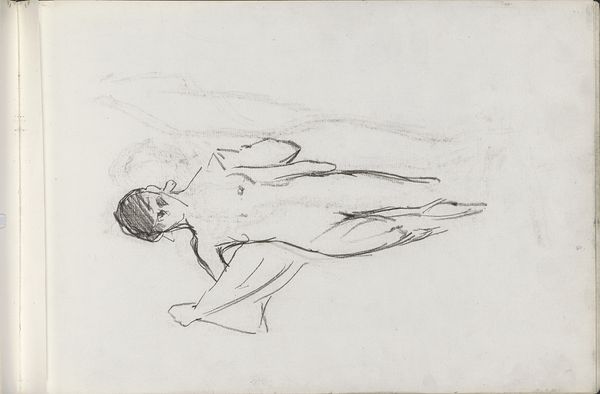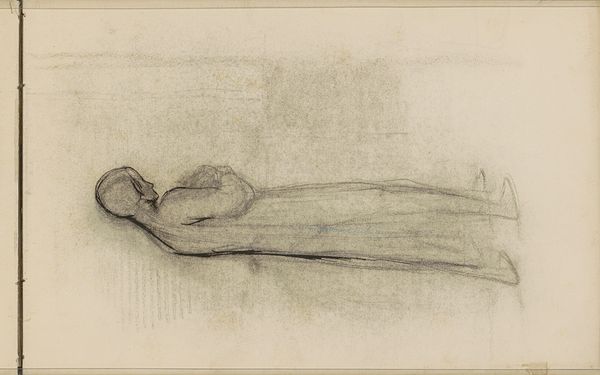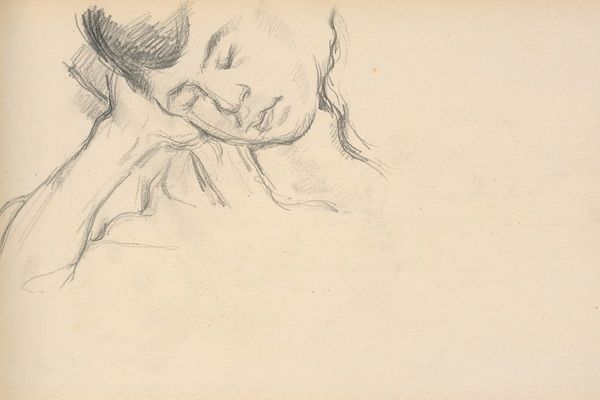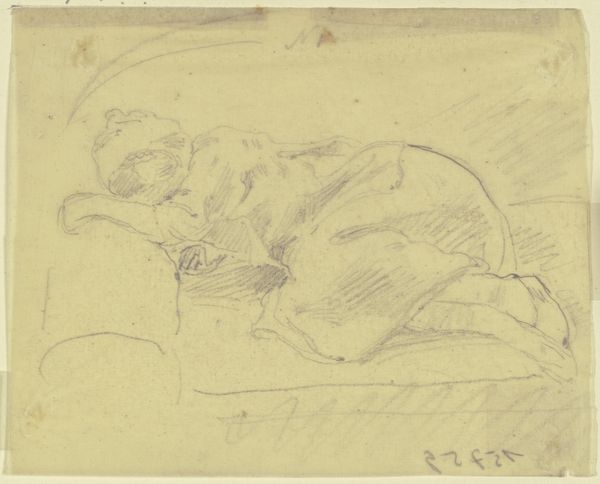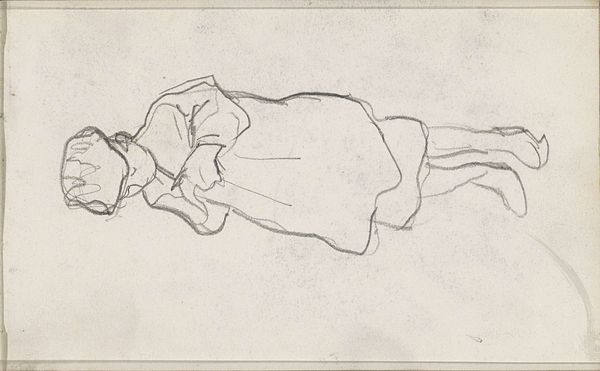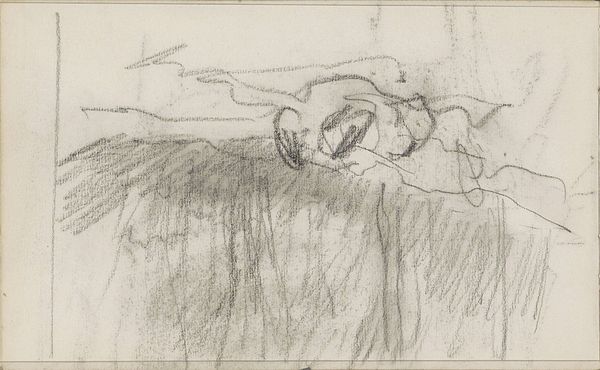
drawing, sculpture, pencil
#
drawing
#
landscape
#
classical-realism
#
sculpture
#
pencil
#
academic-art
Copyright: Public Domain: Artvee
Curator: This graphite pencil sketch, Study of ‘Venus de Milo’, was composed by Paul Cézanne somewhere between 1881 and 1884. It looks like an academic exercise. What’s your immediate response to this depiction of an ancient icon? Editor: There’s a surprising stillness in the sketch, a quiet observation of a familiar form. The Venus de Milo has become such a ubiquitous symbol that to see it rendered with such delicate strokes makes one reconsider its place in the cultural landscape. Curator: Precisely. And notice how Cézanne isn't just replicating the sculpture, he's interpreting it through his own evolving post-impressionist lens. One can trace its transformation within academic history – the institutional frameworks demanding studies like this, shaping artists' perspectives even as they broke away from convention. Editor: That reminds me how classical sculpture played an integral role in reinforcing societal values. The Venus wasn't simply a beautiful form but also a powerful embodiment of ideal beauty. Does Cézanne capture that here, or is he questioning its weight? Curator: The symbolism inherent in Venus—goddess of love and beauty—becomes muted, almost melancholic, in this rough-hewn study. The medium strips away layers of veneration; it's a conscious act of defamiliarization, and his strokes expose how such classical images hold considerable cultural memory. Editor: So true. The incompleteness of the drawing—those suggestive, unfinished lines—makes me ponder how society continually reinvents historical narratives. Cézanne's Venus becomes less of a fixed idol and more a fluid representation subject to change and contemporary vision. Curator: It reminds us that imagery exists in flux—how artworks accrue different layers of meaning, often colliding across different temporal zones. Perhaps this sketch isn't just about mastering form, it’s also a gesture toward redefining an inherited artistic language. Editor: Indeed. Reflecting on this, it becomes clear the act of studying isn't just about observation. It's also a dialogue between artist, subject, and, crucially, the societies that imbue artworks with lasting power and transform symbols throughout history.
Comments
No comments
Be the first to comment and join the conversation on the ultimate creative platform.
